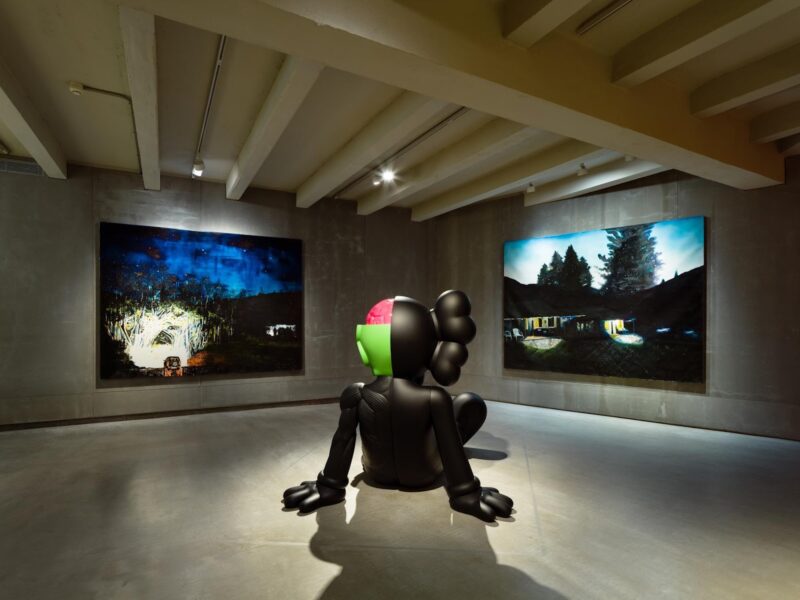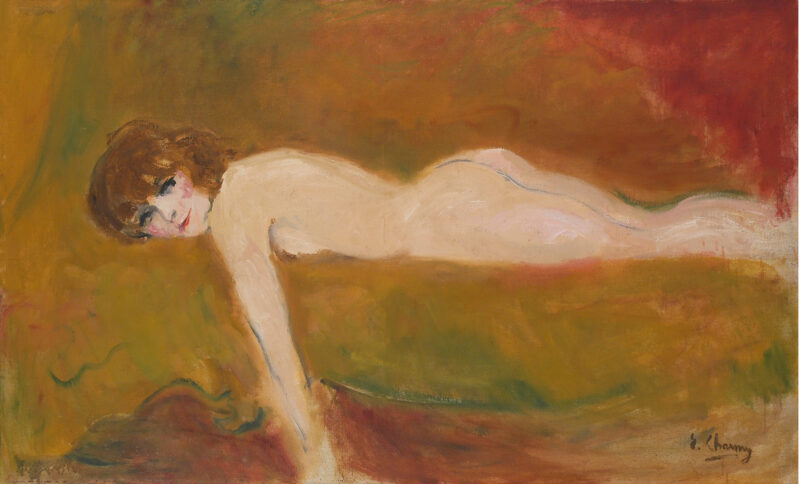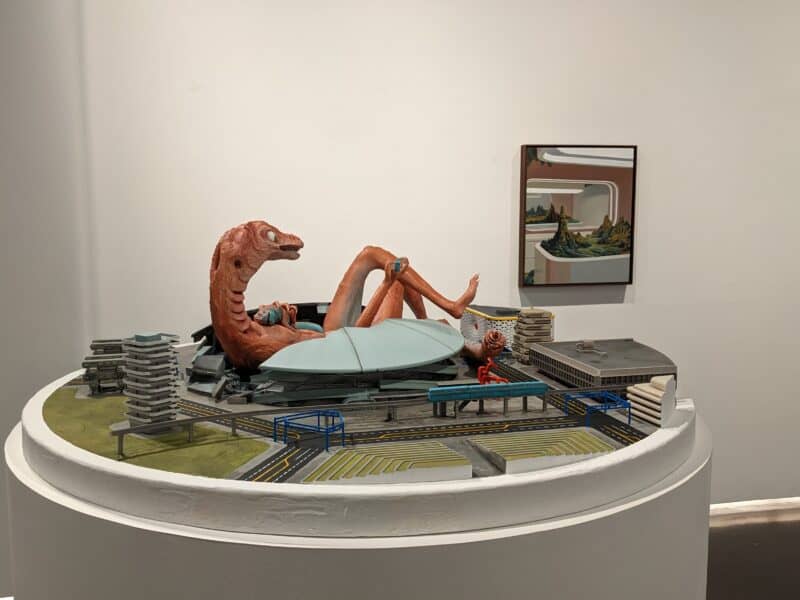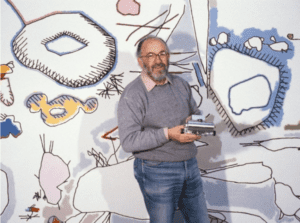Gazelli Art House to present Code of Arms a group exhibition investigating the history of artificial intelligence (AI) and machine learning in art. The exploration of implementing code and AI in art in the 1970s – 80s comes at a time of rapid change in our understanding and appreciation of computer art.
The exhibition brings together pioneer artists in computer and generative art such as George Nees (b.1926), Frieder Nake (b.1938), Manfred Mohr (b.1938) and Vera Molnar (b.1924), and iconic artists employing AI in their practice such as Harold Cohen (b.1928), Lynn Hershman Leeson (b.1941), and Mario Klingemann (b.1970).
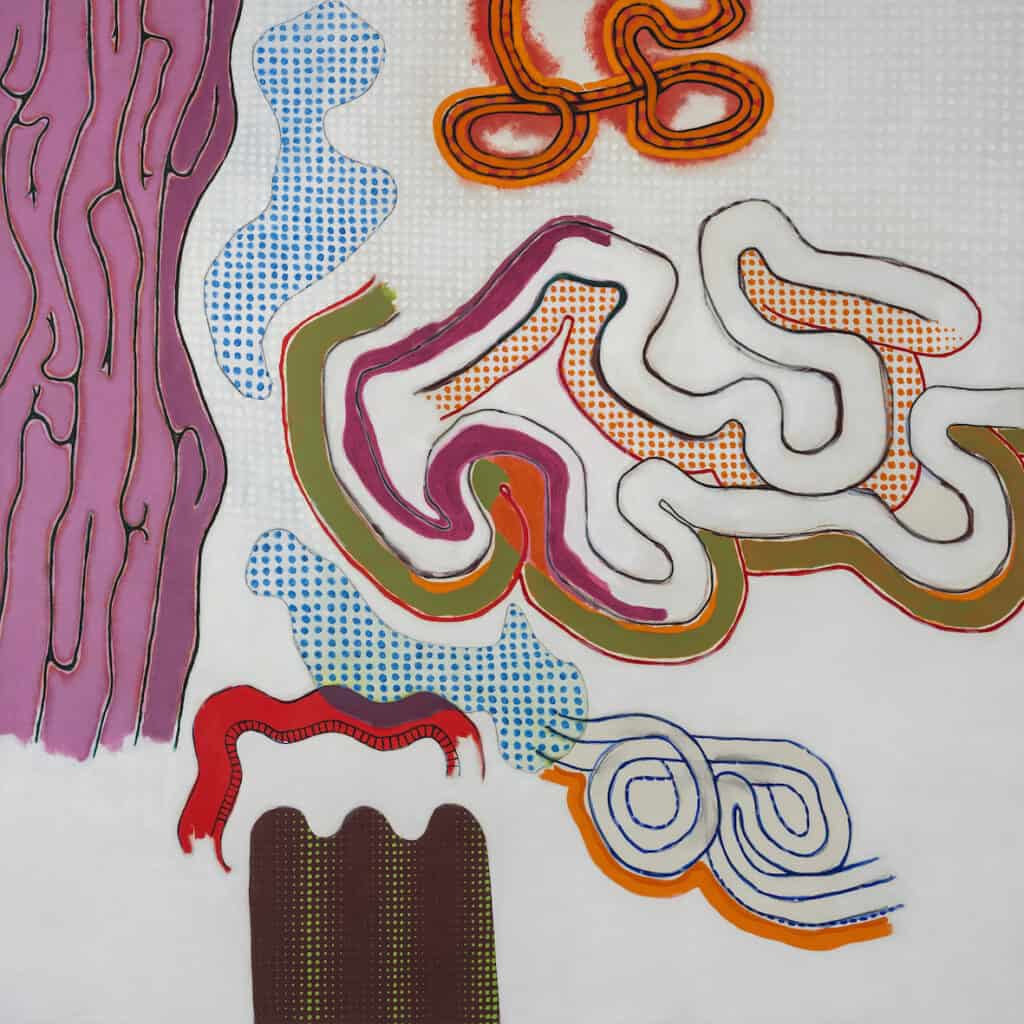
Code of Arms follows the evolution of the medium through the works of exhibited artists. Harold Cohen’s painting, Aspect (1964), a work shown at the Whitechapel Gallery in 1965 (Harold Cohen: Paintings 1960-1965), marks the artist’s earliest point of enquiry unfolding his scientific and artistic genius. Cohen, who was most famous for creating the computer program AARON, a predecessor of contemporary AI technologies, implemented the program in his work from 80s onwards as seen by the drawings from this period in the exhibition.
Much of the early computer artworks explored geometric forms and structure employing the technology which was still in the infant stage. Plotter drawings carried out by flatbed precision plotter and early printouts by Manfred Mohr, Georg Nees, Frieder Nake and Vera Molnar from the mid-1960s through the 1980s are an excellent representation of that period: the artists focused on the visual forms rather than addressing the underlying meaning and ethics of using computers in their art. The artists saw machines as an external force that would allow them to explore the visual aspect of the works and experiment with the form in an objective manner. Coming from different backgrounds, they worked alongside each other and made an immense contribution to early computer art.
Initially working as an abstract expressionist artist, Manfred Mohr (b. 1938) was inspired by Max Bense’s information aesthetics which defined his approach to the creative process from the 1960s onwards. Encouraged by the computer music composer Pierre Barbaud whom he met in 1967, Mohr programmed his first computer drawings in 1969. On display are Mohr’s plotter drawings of the 70s and 80s alongside a generative software piece from 2015.

Georg Nees (1926-2016) was a German academic who showed one of the world’s first computer graphics created with a digital computer in 1965. In 1970, at the 35th Venice Biennale, he presented his sculptures and architectural designs, which he continued to work on through the 1980s as seen through his drawings in this exhibition.
Frieder Nake (b. 1938) was actively pursuing computer art in the 1960s. With over 300 works produced and shown at various exhibitions (including Cybernetic Serendipity at ICA, London in 1968), Nake brought his background in computer science and mathematics into his art practice. At the “The Great Temptation exhibition” at the ZKM in 2005, Nees said: ?There it was, the great temptation for me, for once not to represent something technical with this machine but rather something ‘useless’ – geometrical patterns.? Alongside his iconic 60s plotter drawings, Nake’s recent body of work (Sets of Straight Lines, 2018) will be on view as a reminder of the artist’s ability to transform and move away from the geometric abstraction.
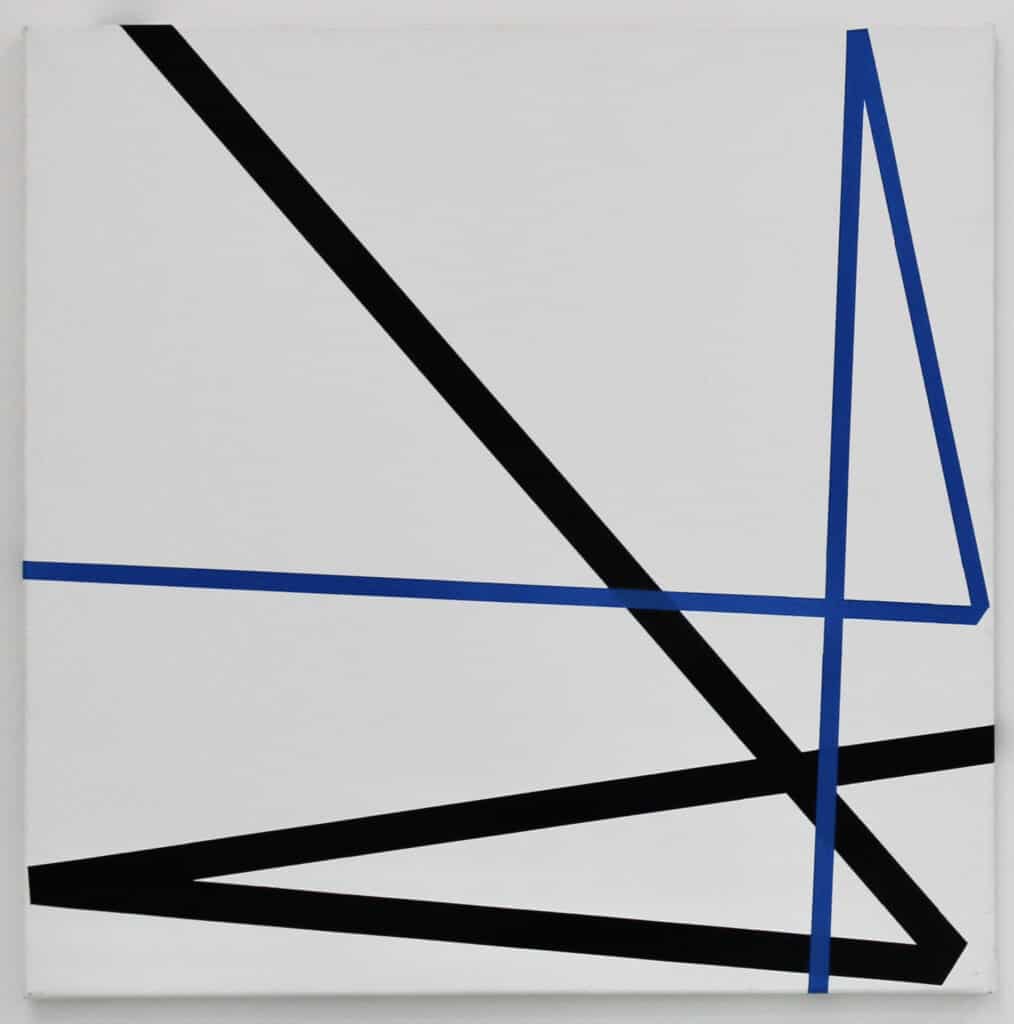
Vera Molnar (b. 1924) is a Hungarian-French artist who is considered a pioneer of computer and generative art. Having created combinational images since 1959, Molnar’s first non-representational images (abstract geometric and systematic paintings) were produced in 1946. Her plotter drawings from the 80s are displayed alongside her later canvas and work on paper (Double Signe Sans Signification, 2005; Deux Angles Droits, 2006) demonstrating the artist’s consistency and dedication to the process over three decades.
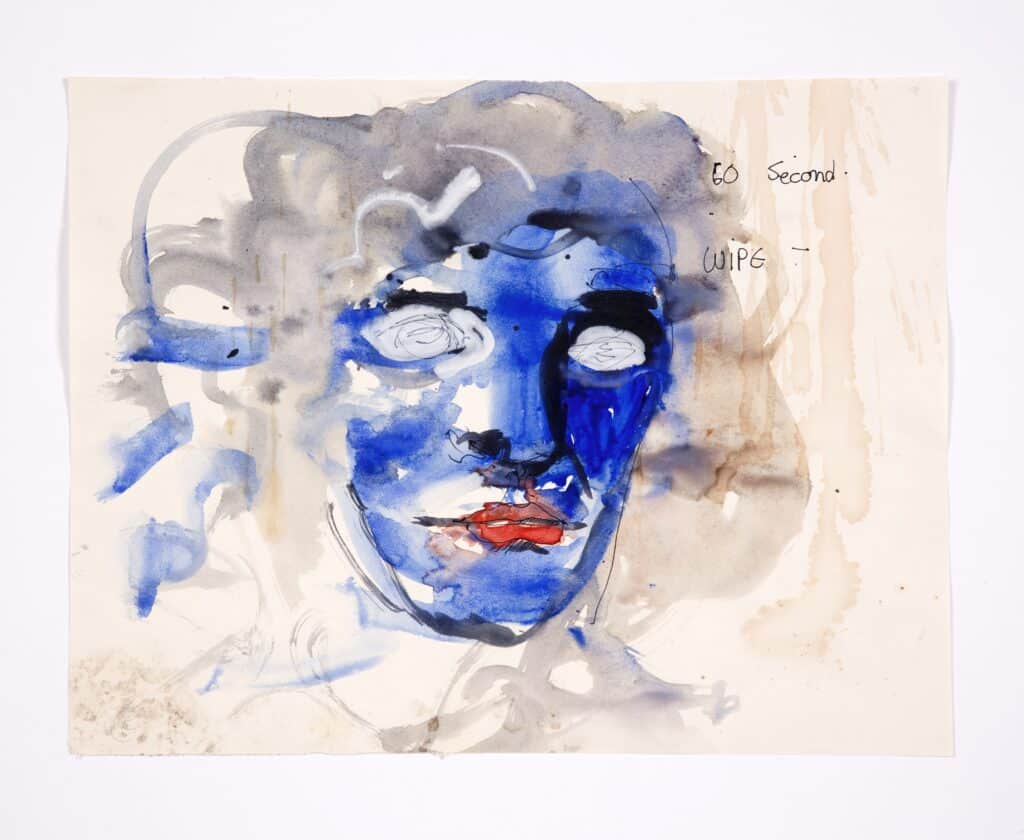
The exhibition moves on to explore relationships between digital technologies and humans through works by Lynn Hershman Leeson (b.1941), an American artist and filmmaker working in moving image, collage, drawing and new media. The artist, who has recently been the focus of a solo exhibition at the New Museum, New York, will show a series of her rare drawings from the 60s and 70s, as well as her seminal work; Agent Ruby, commissioned by SFMoMA (2001), which is an algorithmic work that interacts with online users through a website, shaping the AI’s memory, knowledge and moods. Leeson is known for the first interactive piece using Videodisc (Lorna (1983)), and Deep Contact (1984), the first artwork to incorporate a touch screen.
Mario Klingemann brings neural networks, code and algorithms into the contemporary context. The artist investigates systems of today’s society employing deep learning, generative and evolutionary art, glitch art, data classification. The exhibition features his recent digital artwork Memories of Passersby I (Solitaire Version), 2018, and prints Morgan le Fay and Cobalamime from 2017.

